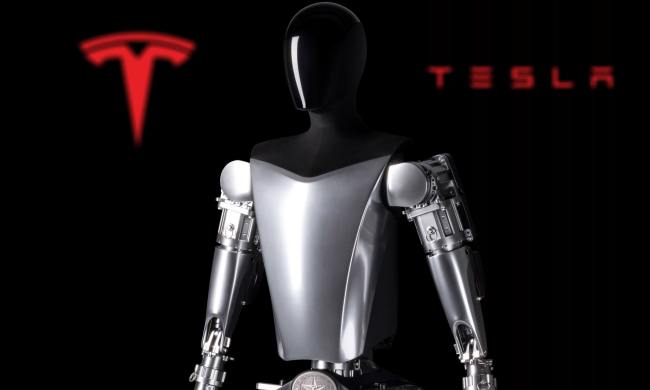
Both versions carry over virtually unchanged. The only update for 2018 is the addition of three new exterior colors: Orange Fury, Kona Blue, and Lead Foot Gray. The GT350 continues to use a bespoke 5.2-liter V8 engine, which produces 526 horsepower and 429 pound-feet of torque. Available exclusively with a six-speed manual transmission, this engine’s willingness to rev gives it a character unlike any other big American V8.
As before, the GT350R is distinguished from the standard GT350 by more aggressive aerodynamic elements and suspension tuning, as well as standard 19-inch carbon fiber wheels. It also does with rear seats, air conditioning, and a stereo system in the name of weight savings. The air conditioning and sound system can be added back with an optional electronics package.
While the GT350 and GT350R remain essentially unchanged, the rest of the Mustang lineup gets a refresh for 2018. Updates include revised styling, as well as an available 10-speed automatic transmission and MagneRide magnetorheological adjustable dampers. Non-Shelby Mustangs also get a bigger dose of tech, including a digital instrument cluster and added safety features like a precollision system and pedestrian detection.
The Shelby GT350 and GT350R Mustangs now face stiffer competition in the form of the new Chevrolet Camaro ZL1 and ZL1 1Le. These are hardcore, track-focused versions of the Mustang’s greatest rival. Both use a 650-hp, 6.2-liter supercharged V8 borrowed from the Corvette Z06, with the 1LE adding more advanced suspension hardware and some aerodynamic upgrades.
The ZL1 certainly was the GT350 beat when it comes to power, but the Chevy also relies more on electronics to go fast. With its more analog design, the Shelby may still prove to be the better choice for purists, even if it can’t beat the Camaro in a drag race.


